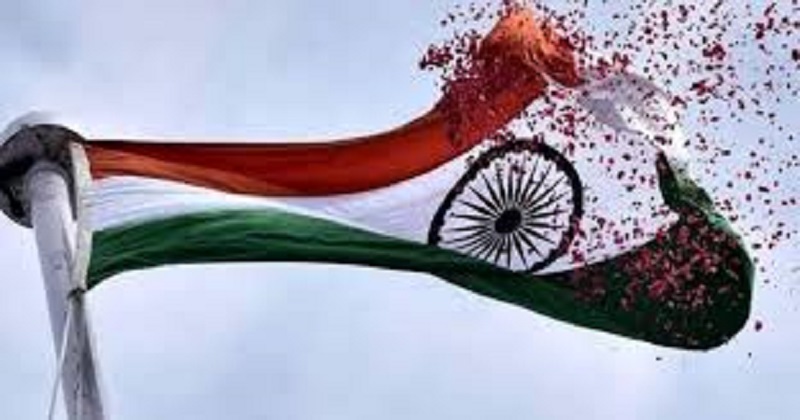
On Wednesday, the country celebrated its 73rd Republic Day with the National flag being unfurled, parades, and cultural extravaganza. While India continues to fight the third wave of the COVID-19 outbreak, only a limited number of people attended functions at the Red Fort on Republic Day. The feeling of patriotism is instilled in young children too at their schools where they have elaborate functions, speeches, tableau- and also the tricolour being unfurled with the accompaniment of the National Anthem .
However, hoisting a flag on Independence Day is different from unfurling it on Republic Day. The Indian tricolor is tied at the bottom of the flag poles and then hoisted on Independence Day. The flag is normally hoisted by India’s Prime Minister. The ceremony marks India’s Independence from British rule. However, during Republic Day celebrations, the flag is already tied on top and is unfurled without pulling it up, indicating that the country has already achieved independence.
The hoisting of the flag signifies the rise of a new nation, free from colonial domination. Whereas on Republic Day, the flag is already on top of the flag pole and signifies that it is one of a free nation. A flag of a free nation cannot stay at half-mast on a day as important as Republic Day.
Of course, history also plays a role. On the first Independence Day, there was no President. Mountbatten was still the Governor-General of India, the position that was equivalent to the President and preceded it before it was abolished. It was evident that the coloniser could not hoist the flag of an independent nation, and the job, in that case, vested with the person who, according to agreement, would represent the Indian people: the Prime Minister.

Post Your Comments